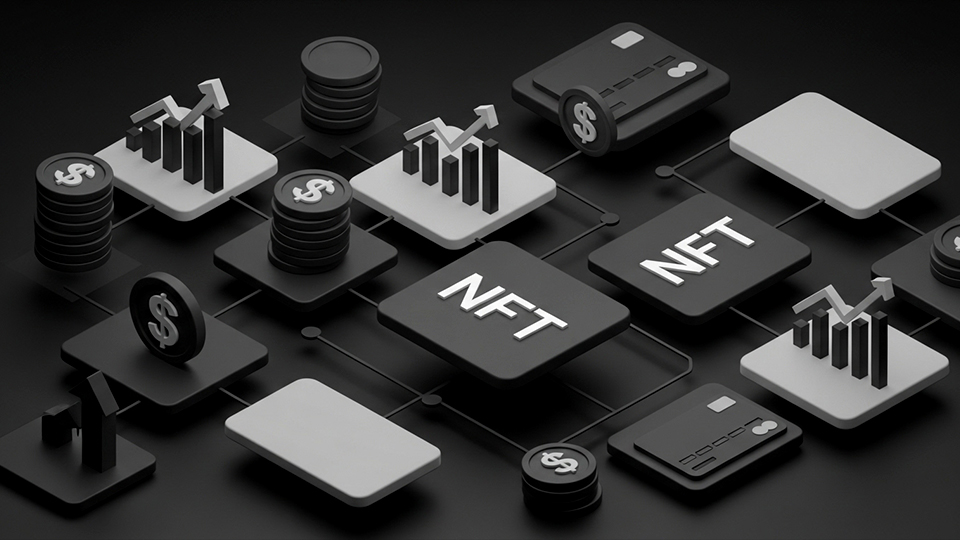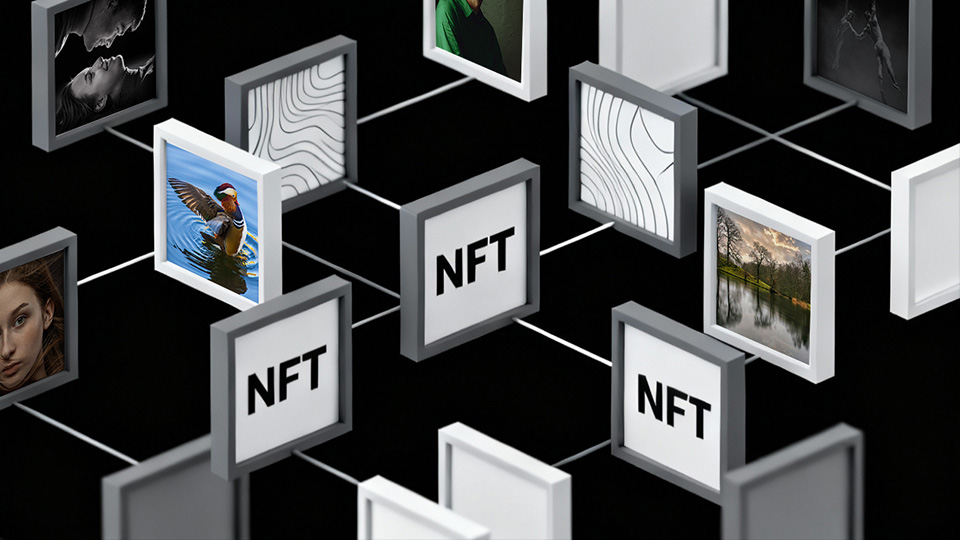When it comes to securing your cryptocurrency accounts, multi-factor authentication (MFA) plays a crucial role. But what exactly is MFA, and how does it differ from two-factor authentication (2FA)?
While 2FA uses two verification steps, MFA goes a step further by using two or more methods to confirm your identity. This extra layer of security makes it harder for unauthorized users to access your accounts, adding more protection to your sensitive data.
Popular MFA Methods in Cryptocurrency: Advantages and Drawbacks
When securing your crypto with MFA, there are several methods you can use, each with its benefits and drawbacks:
- SMS Codes: Easy to use but vulnerable to SIM swapping, where attackers hijack your phone number to intercept verification codes.
- Authenticator Apps: A safer alternative to SMS, but they require setup and installing an app on your phone.
- Hardware Tokens: Highly secure but costly and require carrying a physical device.
- Biometrics: Convenient once set up (e.g., fingerprints or facial recognition), but privacy concerns arise with how your biometric data is stored.
- Security Keys: Offer excellent protection against phishing but can be lost or damaged, as they are physical devices.
- QR Code-Based MFA: A simple and popular choice, but attackers may exploit it to introduce malware.
While some methods are more secure than others, the right option depends on your individual needs and comfort level with risks. For instance, a hardware security key is great if you’re willing to invest in top-tier protection. On the other hand, if you prefer something low-cost and convenient, an authenticator app might be a better fit.

Challenges and Risks of Using MFA for Crypto Security
Though MFA significantly boosts security, it isn’t without challenges. Setting up multiple authentication methods can be complicated for some users, leading to reluctance in adopting it. Additionally, losing a hardware token or having biometric data compromised can pose risks. However, following good security practices—such as backing up your devices and keeping software updated—can help mitigate these concerns.
Top Tips for Securing Your Crypto with MFA
Here are some tips to help you strengthen your crypto accounts with MFA:
- Use a combination of methods: Pairing different types of MFA (e.g., a hardware token with an authenticator app) increases security.
- Keep your software updated: Ensure that your MFA devices and apps are up to date to prevent vulnerabilities.
- Manage passwords wisely: Use strong, unique passwords and consider a password manager to keep track of them.
- Be cautious of phishing attempts: Always verify suspicious emails or links before clicking. Phishing is a common method attackers use to steal cryptocurrency.
- Enable MFA on all accounts: Apply MFA to every cryptocurrency-related platform, including exchanges and wallets, to enhance protection.
- Have backup plans: In case you lose your phone or hardware token, set up recovery options to avoid being locked out of your account.
Why MFA Is Critical for Protecting Your Crypto
In the world of cryptocurrency, relying solely on a password is no longer enough. MFA adds an additional security layer by requiring something you know (like a password), something you have (like your phone or security key), or something you are (such as a fingerprint). This makes it much harder for hackers to breach your accounts.
In fact, studies show that enabling MFA can block up to 99.9% of automated cyberattacks, such as credential stuffing and phishing. By implementing MFA, you’re significantly reducing the chances of unauthorized access to your crypto assets.

Different Types of MFA Factors for Crypto Accounts
When setting up MFA for your cryptocurrency accounts, you’ll typically choose from three main types of authentication factors:
- Knowledge Factor: Something you know, like a password or PIN.
- Possession Factor: Something you have, such as a security token or smartphone.
- Inherence Factor: Something you are, verified through biometrics, like fingerprints or facial recognition.
These layers of authentication provide a more secure environment for your digital assets, making it increasingly difficult for cybercriminals to compromise your accounts.
Strengthening Crypto Security with MFA
Multi-factor authentication is a critical step in safeguarding your cryptocurrency. While it may take some effort to set up, the added security it provides is well worth the investment. By combining various authentication methods, keeping software updated, and following best practices, you can significantly reduce the risk of unauthorized access to your digital assets.



